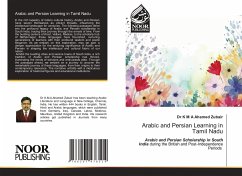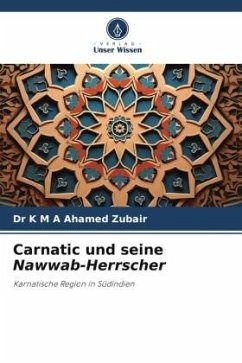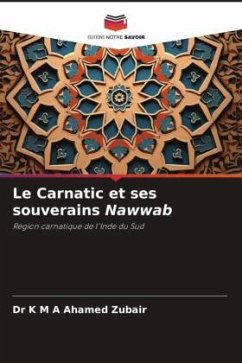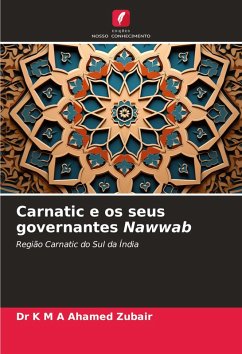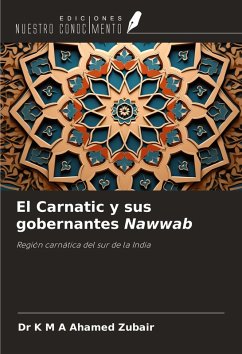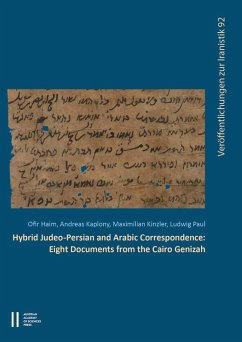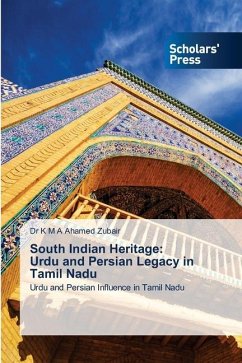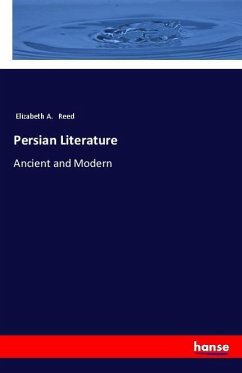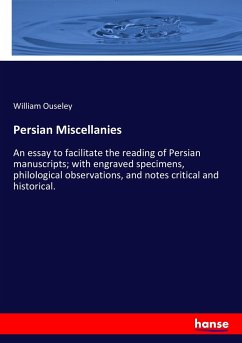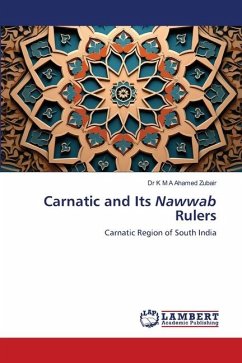
Carnatic and Its Nawwab Rulers
Carnatic Region of South India
Versandkostenfrei!
Versandfertig in 6-10 Tagen
29,99 €
inkl. MwSt.

PAYBACK Punkte
15 °P sammeln!
It is widely acknowledged that even before the emergence of Islam, Arabs had established trade connections with the inhabitants of South India's west coast. Their vessels, loaded with merchandise, frequented the ports along the west coast and voyaged to the Far East via Ceylon. Some Arabs settled in various parts of the Indian peninsula, where the locals became acquainted with Arabic through them. The spread of Islam accelerated with the arrival of Muslim traders, who encouraged adherents to memorize sections of the Quran for daily recitation during the five obligatory prayers. As the Quran wa...
It is widely acknowledged that even before the emergence of Islam, Arabs had established trade connections with the inhabitants of South India's west coast. Their vessels, loaded with merchandise, frequented the ports along the west coast and voyaged to the Far East via Ceylon. Some Arabs settled in various parts of the Indian peninsula, where the locals became acquainted with Arabic through them. The spread of Islam accelerated with the arrival of Muslim traders, who encouraged adherents to memorize sections of the Quran for daily recitation during the five obligatory prayers. As the Quran wasn't yet translated into local languages, Muslims studied it in its original Arabic form. Arab traders felt obliged to arrange Quranic teachings and later, Prophet traditions for their children and the local community, using mosques as educational centers. They imported authentic Islamic literature, often brought by pilgrims, facilitating the spread of Islamic knowledge across South India. In North India, Persian language permeated alongside Muslim invaders from Persia and Afghanistan, eventually becoming the country's official language.





